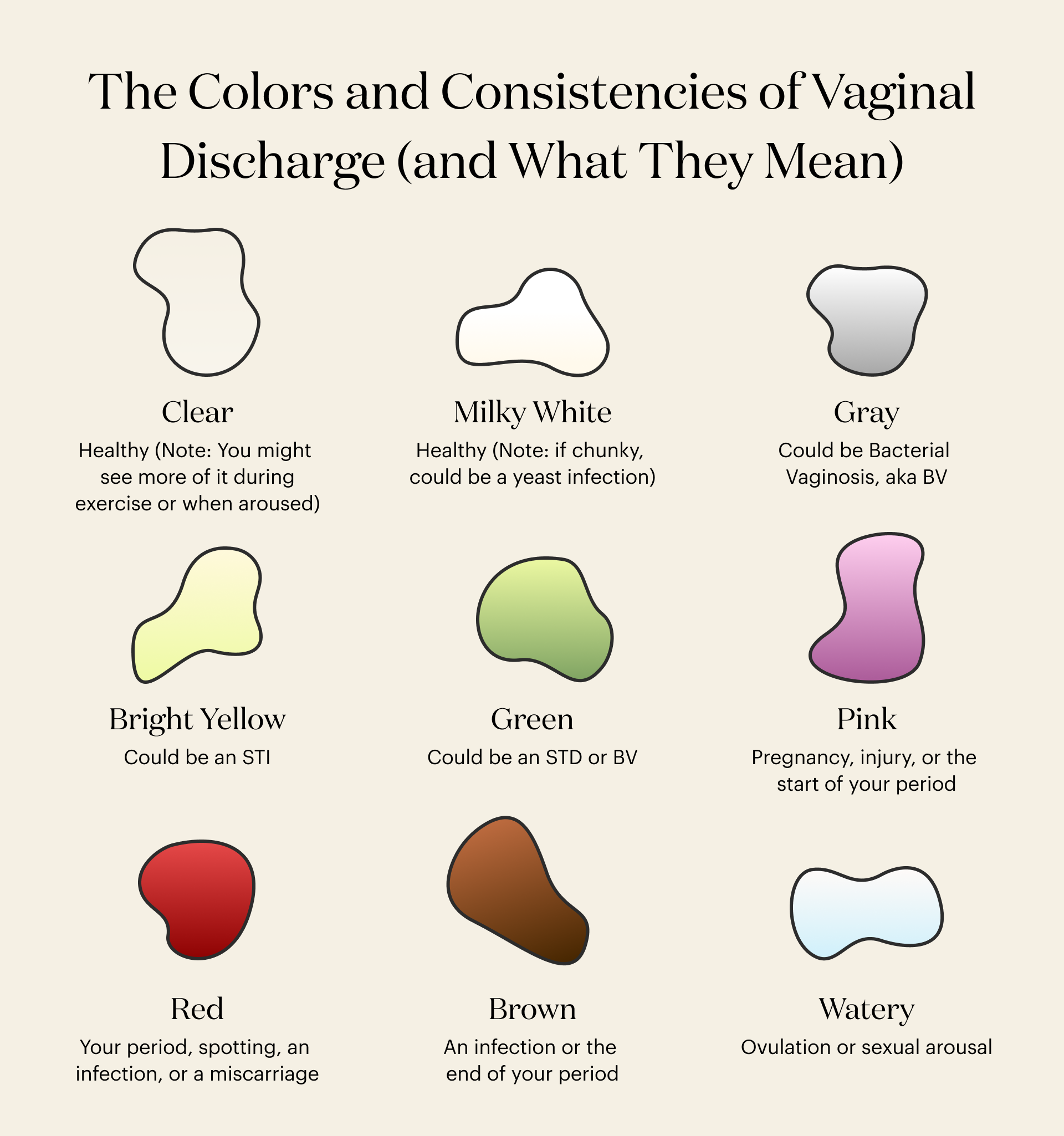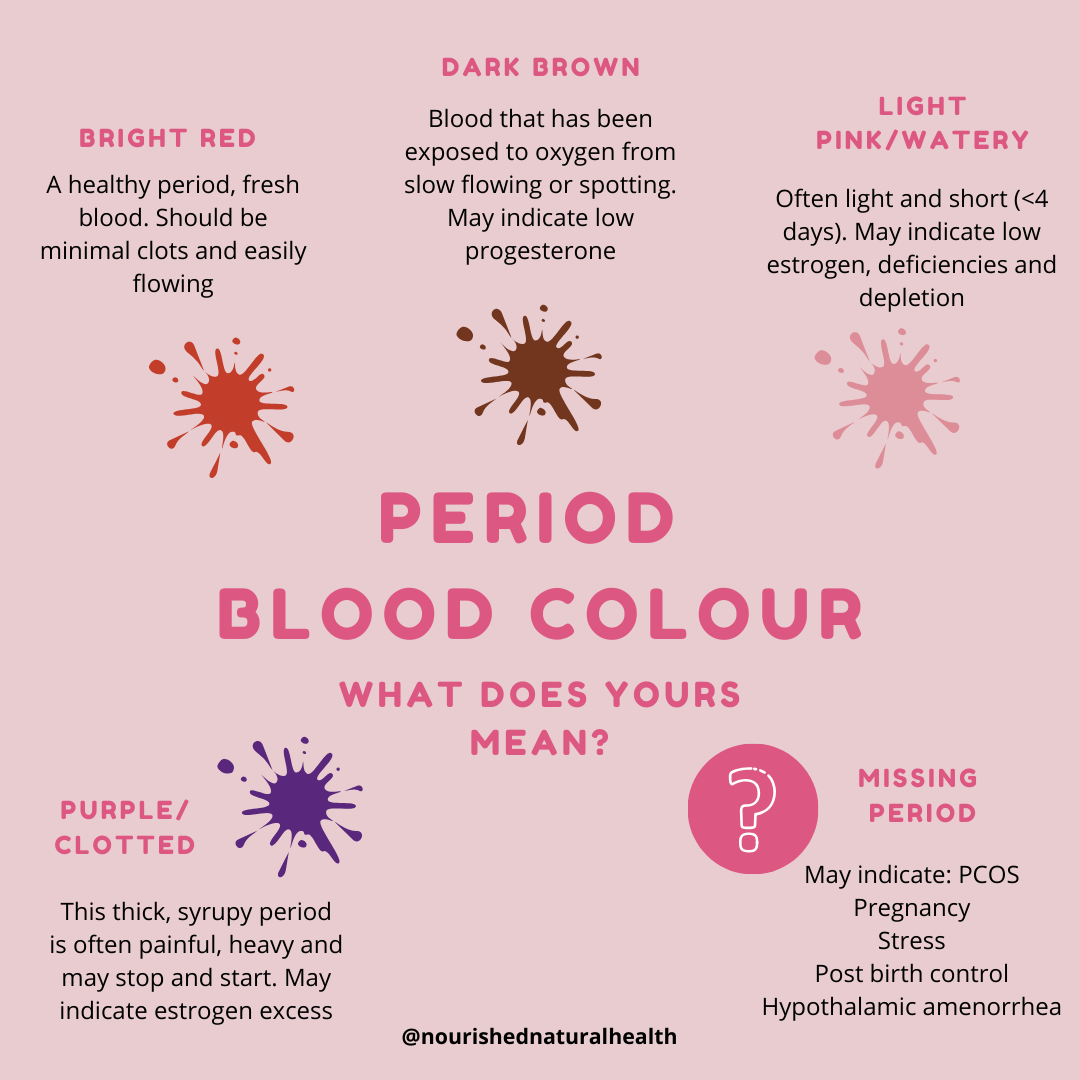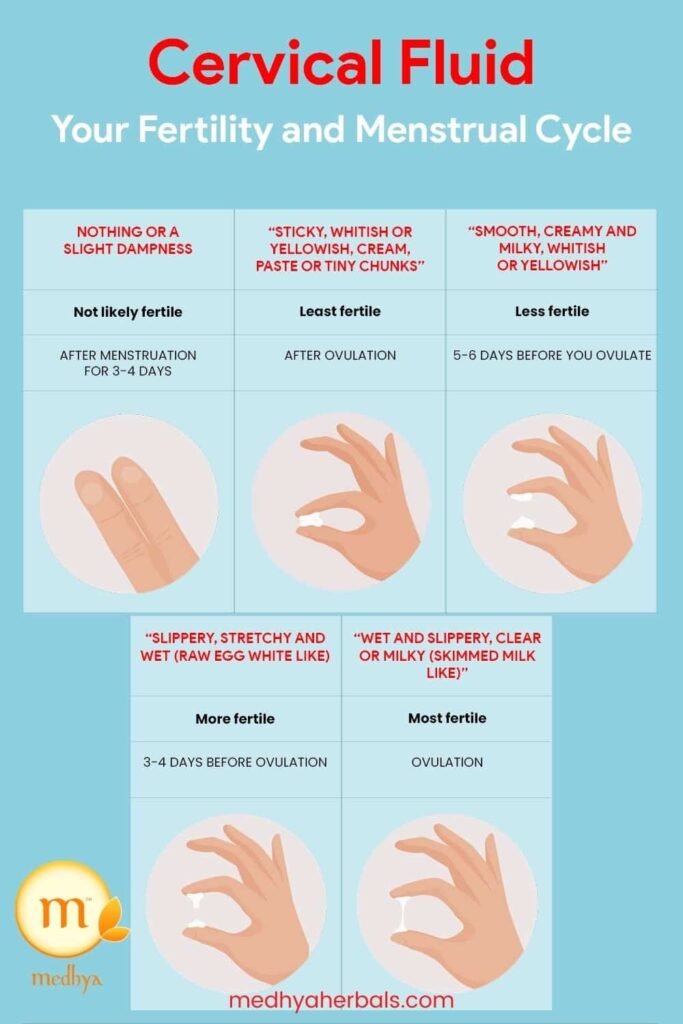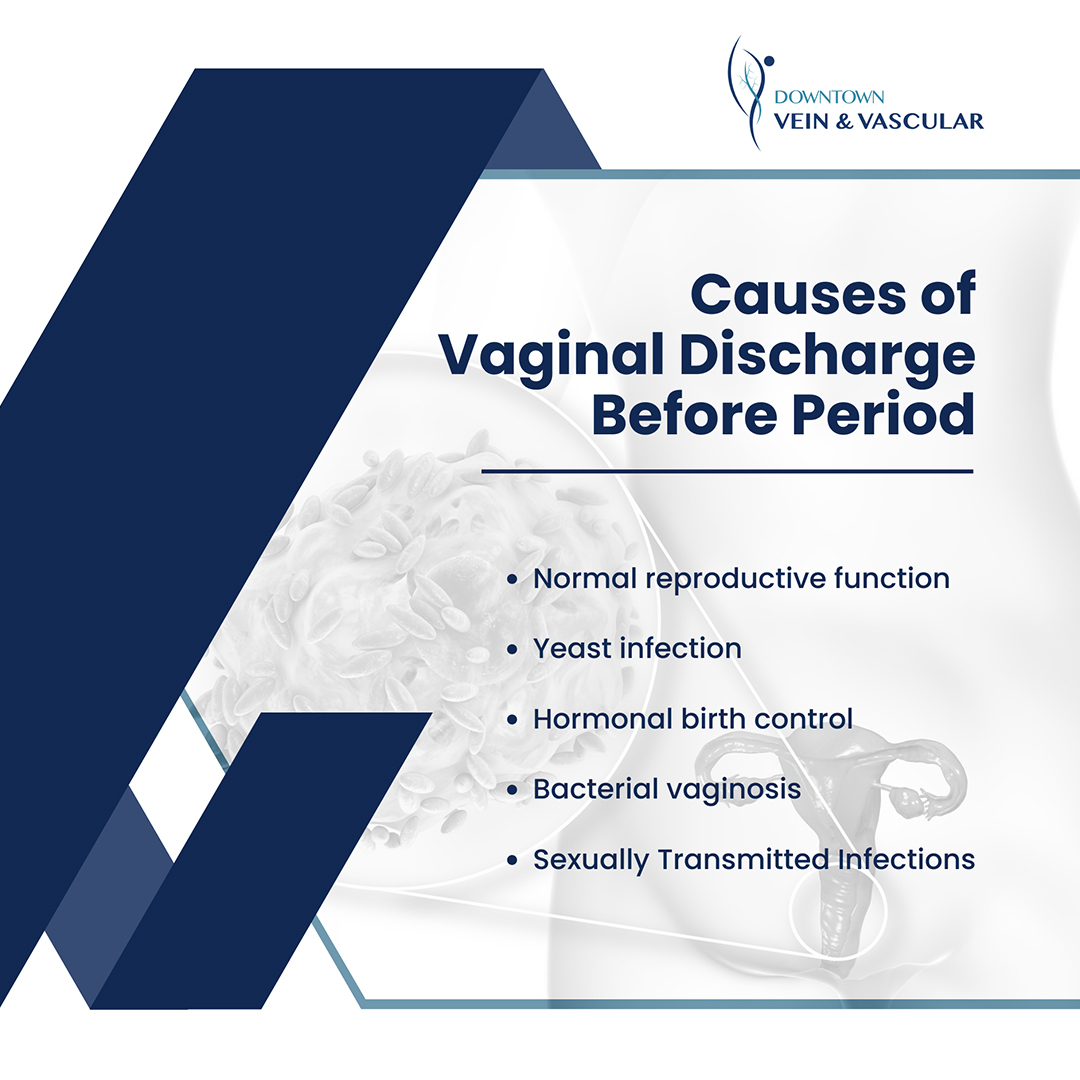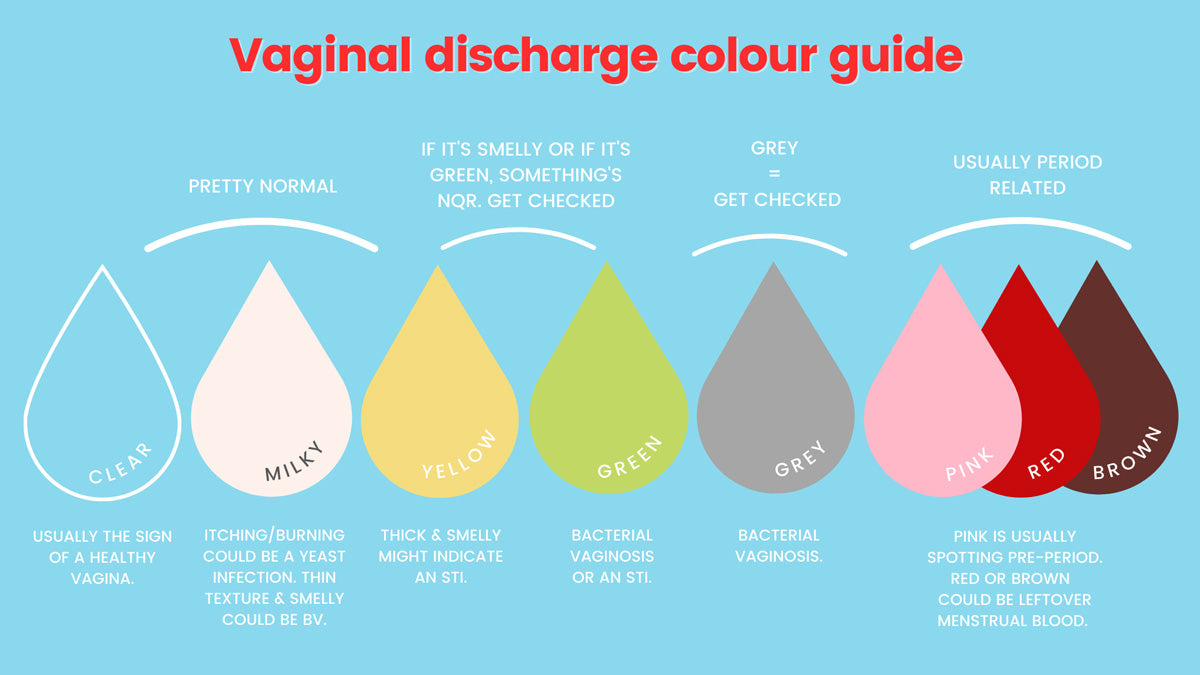Discharge 5 Days Before Period
Discharge 5 Days Before Period - How many days after white discharge does your period come? Cervical discharge two days or a day before your period may be white and sticky and significantly less than during ovulation. It's common to get white discharge three to five days before your period arrives, as hormonal changes can increase vaginal mucus. The timing can vary from person to person, but typically, white.
Cervical discharge two days or a day before your period may be white and sticky and significantly less than during ovulation. The timing can vary from person to person, but typically, white. It's common to get white discharge three to five days before your period arrives, as hormonal changes can increase vaginal mucus. How many days after white discharge does your period come?
The timing can vary from person to person, but typically, white. It's common to get white discharge three to five days before your period arrives, as hormonal changes can increase vaginal mucus. Cervical discharge two days or a day before your period may be white and sticky and significantly less than during ovulation. How many days after white discharge does your period come?
How To Get Rid Of A Discharge Askexcitement5
It's common to get white discharge three to five days before your period arrives, as hormonal changes can increase vaginal mucus. The timing can vary from person to person, but typically, white. How many days after white discharge does your period come? Cervical discharge two days or a day before your period may be white and sticky and significantly less.
Brown Discharge Before Period Brown Stringy Discharge, Pregnancy
The timing can vary from person to person, but typically, white. It's common to get white discharge three to five days before your period arrives, as hormonal changes can increase vaginal mucus. How many days after white discharge does your period come? Cervical discharge two days or a day before your period may be white and sticky and significantly less.
PERIOD DISCHARGE VS EARLY PREGNANCY DISCHARGE DIFFERENCE BETWEEN
The timing can vary from person to person, but typically, white. Cervical discharge two days or a day before your period may be white and sticky and significantly less than during ovulation. It's common to get white discharge three to five days before your period arrives, as hormonal changes can increase vaginal mucus. How many days after white discharge does.
Clear Discharge Before Period
Cervical discharge two days or a day before your period may be white and sticky and significantly less than during ovulation. It's common to get white discharge three to five days before your period arrives, as hormonal changes can increase vaginal mucus. How many days after white discharge does your period come? The timing can vary from person to person,.
Ovulation Discharge Chart
How many days after white discharge does your period come? The timing can vary from person to person, but typically, white. Cervical discharge two days or a day before your period may be white and sticky and significantly less than during ovulation. It's common to get white discharge three to five days before your period arrives, as hormonal changes can.
What Does Discharge Look Like Before Your Period Downtown Vein & Vascular
It's common to get white discharge three to five days before your period arrives, as hormonal changes can increase vaginal mucus. The timing can vary from person to person, but typically, white. Cervical discharge two days or a day before your period may be white and sticky and significantly less than during ovulation. How many days after white discharge does.
What discharge before period Infinings
Cervical discharge two days or a day before your period may be white and sticky and significantly less than during ovulation. How many days after white discharge does your period come? It's common to get white discharge three to five days before your period arrives, as hormonal changes can increase vaginal mucus. The timing can vary from person to person,.
What does my discharge mean? All your FAQs Moxie
It's common to get white discharge three to five days before your period arrives, as hormonal changes can increase vaginal mucus. The timing can vary from person to person, but typically, white. How many days after white discharge does your period come? Cervical discharge two days or a day before your period may be white and sticky and significantly less.
White Milky Discharge 5 Days Past Ovulation Glow Community
The timing can vary from person to person, but typically, white. How many days after white discharge does your period come? Cervical discharge two days or a day before your period may be white and sticky and significantly less than during ovulation. It's common to get white discharge three to five days before your period arrives, as hormonal changes can.
Decoding Your Vaginal Discharge Momotaro Apotheca
How many days after white discharge does your period come? The timing can vary from person to person, but typically, white. Cervical discharge two days or a day before your period may be white and sticky and significantly less than during ovulation. It's common to get white discharge three to five days before your period arrives, as hormonal changes can.
The Timing Can Vary From Person To Person, But Typically, White.
It's common to get white discharge three to five days before your period arrives, as hormonal changes can increase vaginal mucus. How many days after white discharge does your period come? Cervical discharge two days or a day before your period may be white and sticky and significantly less than during ovulation.
